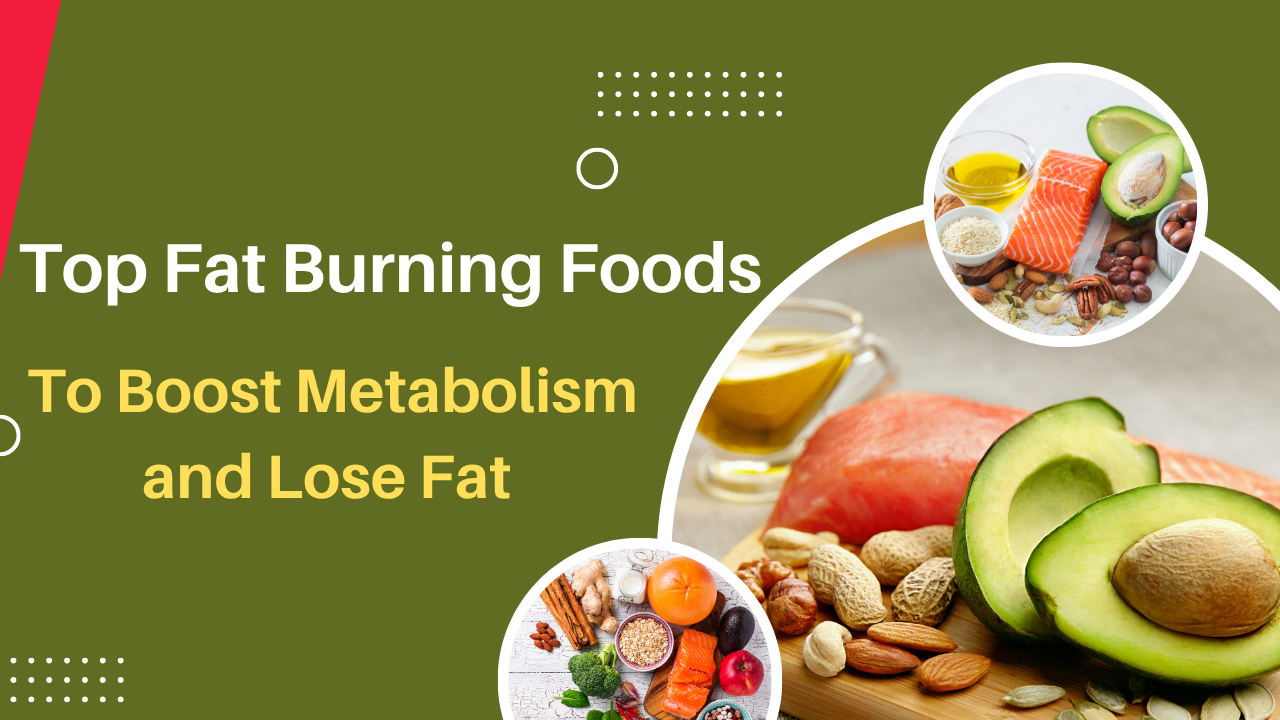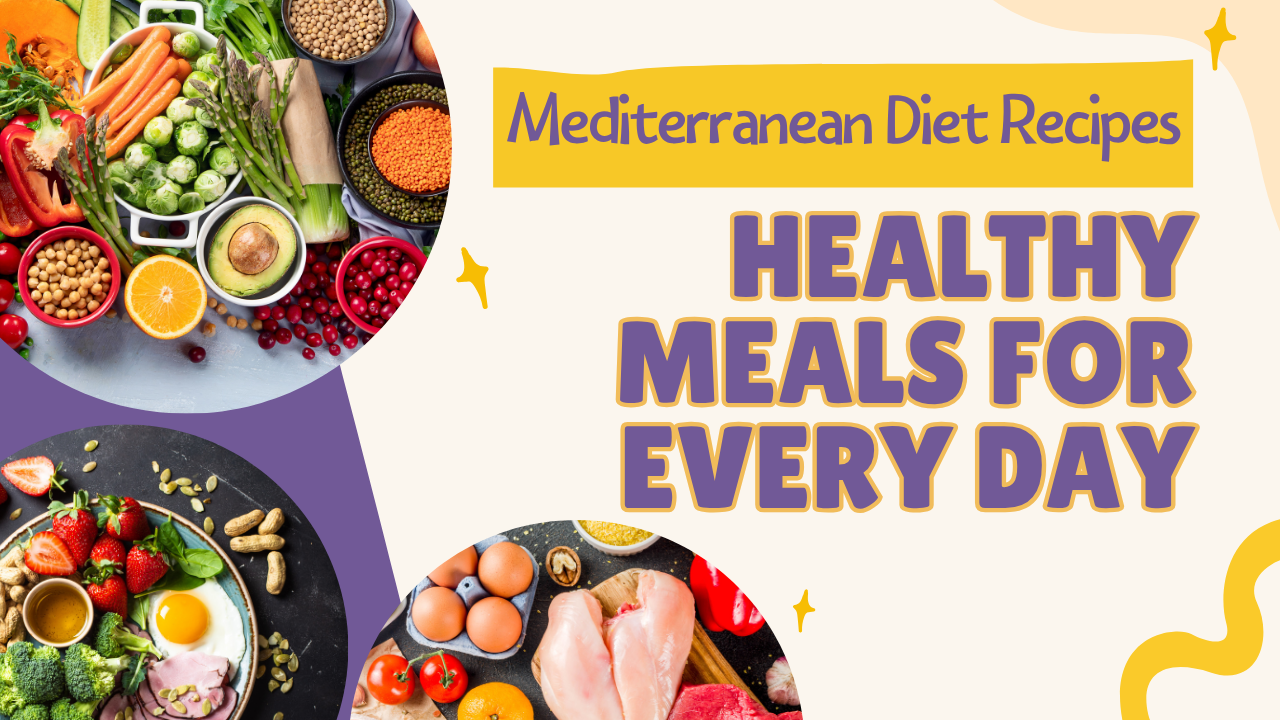Achieving and maintaining a healthy weight involves a combination of factors, including a balanced diet, regular exercise, and a commitment to overall health. One key element that can significantly support weight loss is incorporating fat burning foods into your daily meals. These foods help promote fat loss by boosting metabolism and increasing energy expenditure.
In addition to aiding in weight loss, fat burning foods also help improve feelings of fullness and reduce the likelihood of overeating. By including these foods in your diet, you can manage your appetite more effectively, making it easier to stick to your weight loss goals.
Overall, fat burning foods not only assist with reducing body fat but also contribute to better overall health. When combined with other healthy habits, such as regular physical activity and good sleep, they can enhance your efforts to reach and maintain a healthy weight.
Understanding Fat Burning Foods
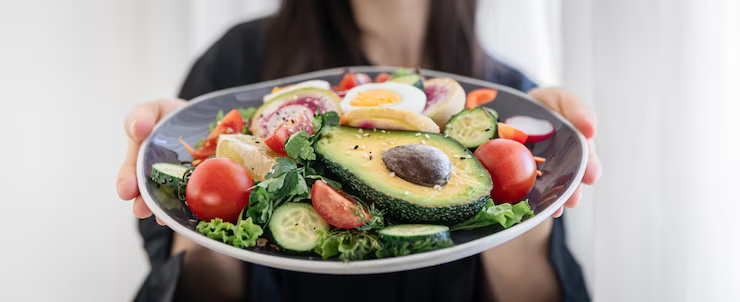
What Are Fat Burning Foods ?
Fat burning foods are those that help increase metabolism, reduce appetite, and promote the breakdown of fat cells. These foods contain specific nutrients, such as protein, fiber, and healthy fats, which work together to support fat loss. They also include certain compounds that can enhance thermogenesis, the process by which your body generates heat and energy while digesting food.
Thermogenesis plays a crucial role in fat burning, as it leads to an increase in calorie expenditure. When you consume fat burning foods, your body uses more energy to digest and process them, resulting in more calories being burned. This can be a helpful addition to a weight loss plan.
Including these foods into your diet not only helps with fat loss but also supports overall health. The protein and fiber content in fat burning foods can help keep you feeling full for longer, reducing the likelihood of overeating. This makes it easier to manage your calorie intake and stay on track with your weight loss goals.
Ultimately, fat burning foods are a valuable tool for anyone looking to boost metabolism, burn fat, and maintain a healthy weight. When paired with regular exercise and a balanced diet, they can enhance your efforts toward achieving and sustaining a healthy lifestyle.
How Do They Work ?
Fat burning foods work through several mechanisms:
Boosting Metabolism
Certain fat burning foods are known to have the ability to enhance your metabolic rate. This means that your body burns more calories even when you are at rest, contributing to a higher daily calorie expenditure. These foods stimulate the production of enzymes and hormones that support the conversion of food into energy more efficiently. By increasing your metabolic rate, these foods can accelerate the process of fat burning and help you achieve a healthy weight more effectively.
Including fat burning foods that boost metabolism into your diet can be a strategic move for those aiming to lose weight. As your metabolism becomes more efficient, your body will naturally burn more calories throughout the day. Over time, this can result in noticeable weight loss and better weight management, especially when combined with regular physical activity and a balanced diet.
Improving Satiety
One of the key benefits of consuming fat burning foods is their ability to enhance feelings of satiety, or fullness. Foods that are rich in protein and fiber have been shown to keep you satisfied for longer periods, reducing the likelihood of overeating. By increasing your satiety, these foods help curb unnecessary snacking and minimize the temptation to consume extra calories throughout the day.
The high protein and fiber content in fat burning foods not only help control hunger but also support healthier food choices. With better control over your appetite, you’re more likely to stick to your weight loss goals and make mindful, nutritious decisions. This ultimately leads to a more balanced approach to eating and a more effective weight management plan.
Improving Insulin Sensitivity
Certain fat burning foods play a vital role in improving insulin sensitivity, which is crucial for maintaining stable blood sugar levels. When your body becomes more sensitive to insulin, it is better able to regulate blood sugar, preventing spikes and crashes that can lead to fat storage. This is especially beneficial for individuals with insulin resistance or those looking to prevent blood sugar imbalances.
By helping to stabilize blood sugar levels, fat burning foods reduce the risk of fat being stored in the body. When insulin levels remain balanced, the body is more efficient at utilizing energy from food, promoting fat loss and overall health. Including these foods in your daily diet can be a proactive step in managing weight and improving overall metabolic health.
Increasing Thermogenesis
Certain compounds found in fat burning foods can stimulate thermogenesis, a process in which the body generates heat from digesting food. This increase in heat production leads to more calories being burned, even when you are not actively exercising. Foods that enhance thermogenesis can help accelerate fat burning by creating an internal environment that promotes the efficient use of energy.
Including fat burning foods that boost thermogenesis in your diet can contribute to a significant increase in calorie expenditure. As these foods encourage your body to burn more calories, they provide an added boost to your weight loss efforts. Over time, this can lead to a more noticeable reduction in body fat and improved body composition, making it easier to maintain a healthy weight.
Categories of Fat Burning Foods
1. High-Protein Foods
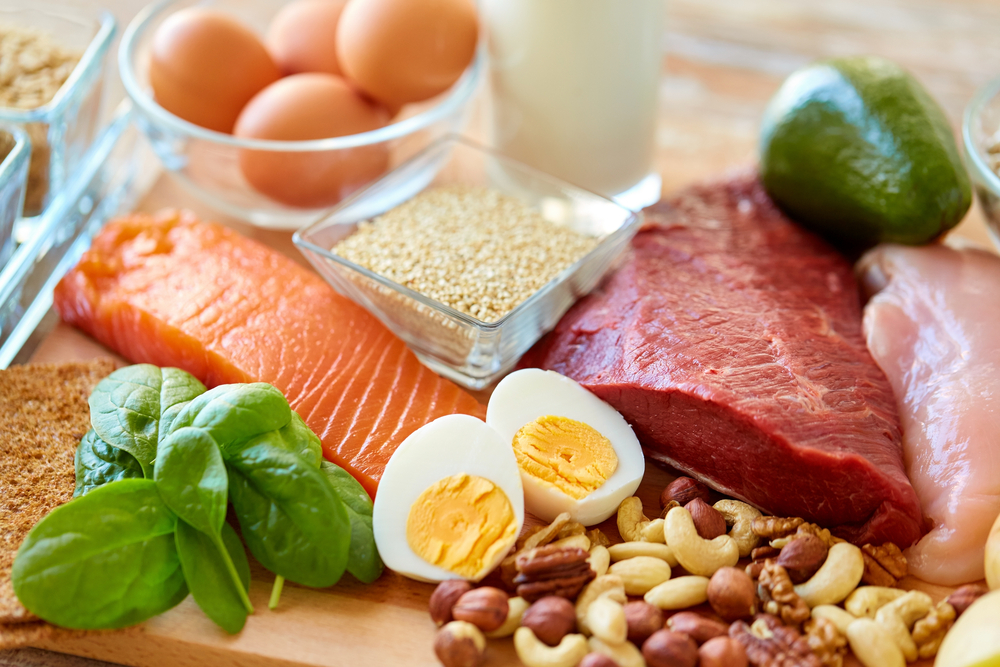
Protein is vital for building and repairing tissues, and it also plays a significant role in supporting fat loss. When you include fat burning foods that are high in protein, your body benefits from increased muscle mass and improved metabolic function. These foods help you burn more calories even at rest.
In addition, high-protein fat burning foods increase feelings of fullness, which helps reduce overall appetite. By controlling hunger, these foods make it easier to avoid overeating and maintain a balanced calorie intake. This combination of increased metabolism and reduced appetite is a powerful tool in promoting fat loss and achieving your weight loss goals.
Eggs: Rich in high-quality protein and essential nutrients, eggs can help increase satiety and promote fat loss.
Lean Meats: Chicken, turkey, and lean cuts of beef are excellent sources of protein that support fat burning.
Fish: Fatty fish like salmon, mackerel, and sardines are not only high in protein but also contain omega-3 fatty acids that aid in fat loss.
Greek Yogurt: Packed with protein and probiotics, Greek yogurt supports digestion and fat loss.
Legumes: Beans, lentils, and chickpeas are plant-based protein sources that help reduce belly fat.
2. Fiber-Rich Foods
Fiber is an essential nutrient that aids in digestion and helps maintain stable blood sugar levels. Including fat burning foods that are rich in fiber can help regulate your digestive system, ensuring that food is processed efficiently and waste is eliminated properly. This supports overall gut health, which is crucial for weight management.
Additionally, fiber promotes feelings of fullness, helping to control appetite and reduce the likelihood of overeating. When you consume fiber-rich fat burning foods, you’re more likely to feel satisfied longer, which can naturally reduce calorie intake. This combination of digestion support, blood sugar regulation, and appetite control makes fiber an important factor in promoting fat loss.
Leafy Greens: Spinach, kale, and other leafy greens are low in calories and high in fiber, making them excellent for fat burning.
Whole Grains: Foods like quinoa, brown rice, and oats are rich in fiber and help regulate blood sugar levels.
Fruits: Apples, berries, and pears are high in fiber and antioxidants, supporting fat loss and overall health.
Vegetables: Broccoli, cauliflower, and Brussels sprouts are fiber-rich vegetables that aid in fat burning.
3. Healthy Fats
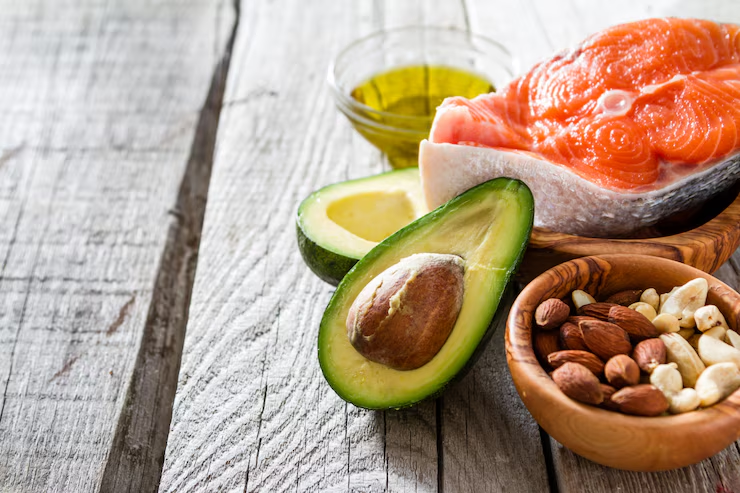
Contrary to what many people think, not all fats are unhealthy. In fact, healthy fats, found in fat burning foods, can play a crucial role in supporting fat loss. These fats help increase feelings of fullness, making it easier to control appetite and reduce overall calorie intake.
In addition to promoting satiety, healthy fats provide essential fatty acids that are important for overall health. These fatty acids support various bodily functions, including cell repair and hormone production. Including fat burning foods that are rich in healthy fats can aid in weight management while contributing to your overall well-being.
Avocados: Rich in monounsaturated fats and fiber, avocados help reduce belly fat and promote fullness.
Nuts and Seeds: Almonds, walnuts, chia seeds, and flaxseeds are high in healthy fats and fiber, supporting fat loss.
Olive Oil: Contains monounsaturated fats that can help reduce body fat and improve heart health.
Coconut Oil: Contains medium-chain triglycerides (MCTs) that boost metabolism and promote fat burning.
4. Thermogenic Foods
Thermogenic foods are those that increase heat production in the body, helping to burn more calories. When you consume these fat burning foods, your body works harder to digest and process the food, leading to an increase in energy expenditure. This extra calorie burn can help accelerate fat loss over time.
Including fat burning foods with thermogenic properties into your diet can support weight loss efforts by boosting metabolism. As these foods stimulate heat production, they make your body burn more calories, even when you’re not actively exercising. This can be an effective way to enhance your fat-burning process and achieve a healthier body composition.
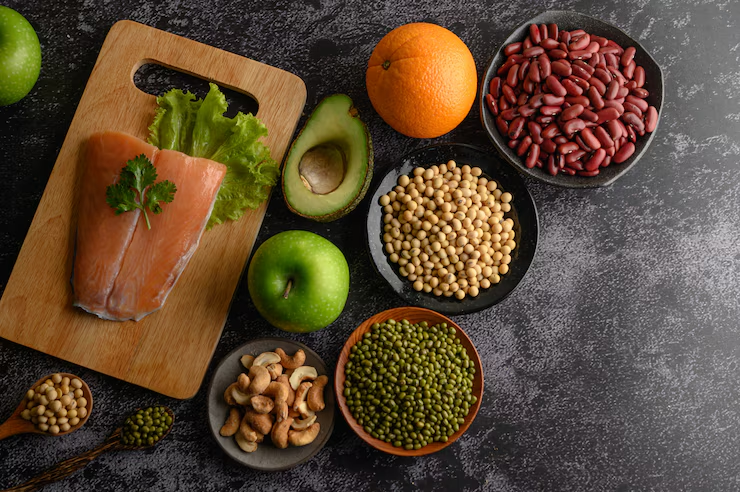
Green Tea: Contains catechins and caffeine, which can boost metabolism and enhance fat burning.
Coffee: The caffeine in coffee can increase metabolic rate and promote fat loss.
Chili Peppers: Contain capsaicin, a compound that can increase metabolism and promote fat burning.
Ginger: Has thermogenic properties that can help increase calorie expenditure.
5. Hydrating Foods
Staying hydrated is key to maintaining overall health and can play a crucial role in supporting fat loss. Drinking plenty of water helps promote feelings of fullness, which can prevent overeating and reduce unnecessary calorie consumption. Hydration is also important for the proper functioning of metabolic processes in the body.
In addition to staying hydrated, fat burning foods can further aid in managing cravings. When paired with adequate water intake, these foods help control hunger and keep you on track with your weight loss goals. By combining hydration with fat-burning foods, you can effectively support your fat loss efforts while maintaining a balanced and healthy lifestyle.
Cucumbers: Low in calories and high in water content, cucumbers help reduce bloating and promote fat loss.
Watermelon: Hydrating and low in calories, watermelon is perfect for reducing belly fat.
Celery: Contains high water content and fiber, aiding in digestion and fat loss.
Tomatoes: High in water and low in calories, tomatoes support fat burning.
Including Fat Burning Foods into Your Diet
Breakfast
Oatmeal with Berries and Chia Seeds: Start your day with a fiber-rich breakfast that promotes fullness and supports fat loss.
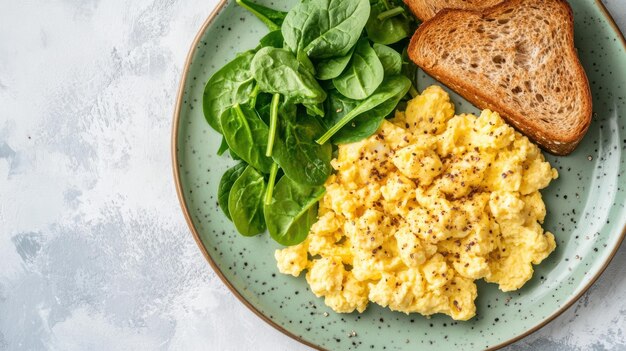
Scrambled Eggs with Spinach: A high-protein breakfast that provides essential nutrients and supports fat burning.
Greek Yogurt Parfait: Layer Greek yogurt with berries and nuts for a satisfying and fat-burning meal.
Lunch
Grilled Chicken Salad with Avocado: A protein-packed salad that includes healthy fats and fiber to promote fat loss.
Quinoa Bowl with Vegetables: A whole grain bowl filled with fiber-rich vegetables that support fat burning.
Lentil Soup: A hearty soup rich in protein and fiber, perfect for a fat-burning lunch.
Dinner
Salmon with Steamed Broccoli: A meal rich in omega-3 fatty acids and fiber that aids in fat loss.
Stir-Fried Tofu with Vegetables: A plant-based dinner that includes protein and fiber to support fat burning.
Grilled Turkey with Sweet Potatoes: A lean protein source paired with fiber-rich sweet potatoes for a fat-burning dinner.
Snacks
Apple Slices with Almond Butter: A satisfying snack that combines fiber and healthy fats to promote fullness.
Carrot Sticks with Hummus: A crunchy snack rich in fiber and healthy fats that supports fat loss.
Greek Yogurt with Nuts: A protein-packed snack that helps reduce cravings and supports fat burning.
Lifestyle Tips to Enhance Fat Loss

Stay Active:
Engaging in regular physical activity is crucial for boosting metabolism and supporting fat loss. Exercise helps increase the rate at which your body burns calories, even while at rest. Activities like cardio, strength training, and high-intensity interval training (HIIT) can enhance metabolism, build muscle, and promote fat burning. Staying active also improves overall health, increases energy levels, and helps maintain a healthy weight in the long term.
Get Enough Sleep:
Sleep plays a vital role in regulating hormones that control appetite and fat storage. Lack of sleep can disrupt these hormones, leading to increased hunger and cravings for unhealthy foods. Additionally, inadequate sleep can slow down your metabolism, making it harder for your body to burn fat effectively. Prioritizing sufficient rest each night helps balance hormone levels, reduces stress, and supports weight loss efforts.
Manage Stress:
Chronic stress can trigger the release of the hormone cortisol, which can increase appetite and lead to fat storage, particularly around the belly. Managing stress through relaxation techniques such as meditation, deep breathing, or yoga can help regulate cortisol levels. By keeping stress in check, you reduce the risk of emotional eating and support better fat loss outcomes. Finding healthy ways to cope with stress is essential for maintaining overall well-being and managing weight.
Stay Hydrated:
Drinking enough water throughout the day is essential for controlling appetite and supporting fat loss. Hydration helps prevent overeating by promoting feelings of fullness and reducing hunger signals. Additionally, staying hydrated supports the body’s metabolism and helps flush out toxins. Drinking water before meals can reduce the likelihood of consuming extra calories, making it easier to stick to healthy eating habits and promote weight loss.
Conclusion
Including fat burning foods into your daily diet can significantly enhance your weight loss journey while also promoting overall wellness. These foods are not only nutrient-dense but also support essential bodily functions such as metabolism regulation, appetite control, and fat oxidation. By choosing the right foods—like lean proteins, fiber-rich vegetables, and healthy fats—you lay the foundation for sustainable and healthy weight management.
Moreover, fat burning foods complement an active lifestyle and help maintain steady energy levels throughout the day. They work synergistically with other healthy habits such as regular exercise, proper hydration, stress management, and adequate sleep. When combined, these factors create a powerful environment for your body to burn fat more efficiently and prevent future weight gain.
Ultimately, the key to long-term success lies in consistency and balance. By mindfully incorporating a variety of fat burning foods into each meal, you not only support fat loss but also nourish your body for optimal performance and vitality.
FAQs
1. What are fat burning foods ?
Fat burning foods are natural foods that help enhance your metabolism, reduce appetite, and support the body’s ability to burn stored fat. They often include ingredients high in protein, fiber, healthy fats, or compounds like caffeine and capsaicin, which can boost thermogenesis and energy expenditure.
2. Can fat burning foods help me lose belly fat ?
While no single food can target belly fat specifically, incorporating fat burning foods into a balanced diet can reduce overall body fat, including around the abdomen. Foods like leafy greens, salmon, eggs, and green tea support a healthy metabolism and reduce fat storage over time.
3. How often should I eat fat burning foods ?
Fat burning foods should be part of your regular meals and snacks throughout the day. Consistently including them in your breakfast, lunch, dinner, and healthy snacks helps keep your metabolism active and supports long-term weight management.
4. Are there any side effects to eating fat burning foods ?
Most fat burning foods are natural and safe when eaten as part of a balanced diet. However, overconsumption of spicy or caffeinated items (like chili peppers or coffee) may cause digestive discomfort or sleep issues in sensitive individuals. Moderation is key.
5. Do I need to exercise if I eat fat burning foods ?
Yes. While fat burning foods can aid in weight loss, they work best when combined with regular physical activity. Exercise boosts calorie burn, builds muscle, and enhances the fat-burning effects of these foods for more effective and lasting results.
